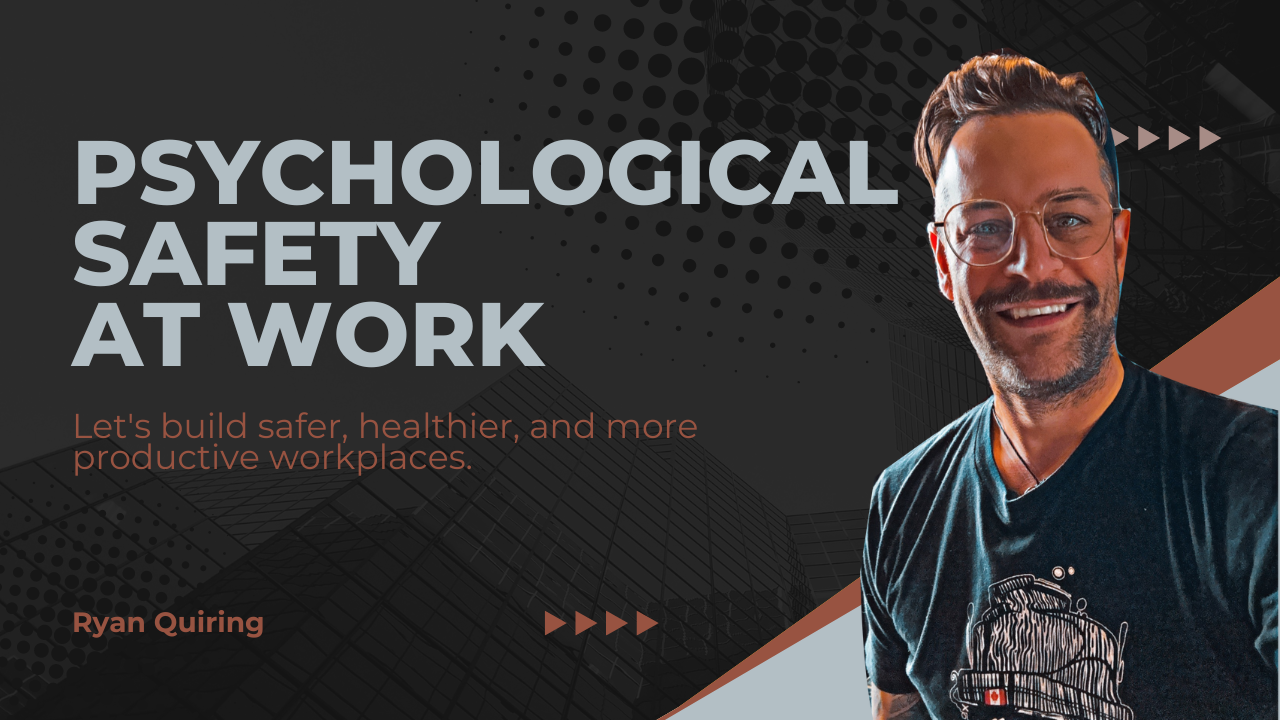Here, we’re diving into the five key signs of a psychologically safe workplace. As someone passionate about creating environments where people can thrive, I’ve observed these indicators consistently in high-performing, ethically sound organizations.
Open and honest communication: In a psychologically safe workplace, you’ll witness a powerful sense of empowerment. People speak up freely, sharing ideas, voicing concerns, and asking questions without hesitation. There’s a palpable absence of fear when expressing thoughts or admitting mistakes. This openness isn’t just tolerated; it’s actively encouraged and valued, giving everyone a strong sense of confidence and security.
Constructive disagreement: Conflict isn’t absent in a psychologically safe workplace – it’s handled differently. You’ll observe respectful debates where ideas are challenged, not people. Team members feel comfortable expressing differing opinions without fear of retribution or damaged relationships. Leaders welcome alternative viewpoints and treat them as opportunities for growth and innovation rather than threats to authority, fostering a sense of optimism and motivation.
Risk-taking and innovation: In psychologically safe environments, people take calculated risks. The fear of failure does not paralyze them. Instead, they view setbacks as learning opportunities. Novel ideas are welcomed and explored, even if they challenge the status quo. You’ll notice a culture that celebrates successes and “intelligent failures” – those risks that didn’t pan out but provided valuable insights.
Inclusive decision-making: A hallmark of psychological safety is widespread participation in decision-making processes. You’ll observe leaders actively seeking input from team members at all levels, not just paying lip service to inclusion. Diverse perspectives are not only heard but also visibly valued and incorporated into strategies and solutions, making everyone feel appreciated and respected.
Emotional intelligence and empathy: In a psychologically safe workplace, you’ll witness high levels of emotional intelligence. People are attuned to each other’s moods and needs. You’ll see colleagues checking in on each other, offering support during challenging times, and celebrating each other’s successes. Leaders model vulnerability by admitting their uncertainties and mistakes. A prevailing attitude of “we’re all human” fosters genuine connections and mutual respect.
These signs aren’t just feel-good factors but indicators of a workplace poised for success. When these elements are present, you’ll likely see higher engagement, creativity, and productivity levels. People aren’t wasting energy on self-protection; they’re fully invested in their work and their team’s success.
Remember, creating a psychologically safe workplace isn’t a one-time effort. It requires ongoing commitment and conscious action from everyone, especially those in leadership positions. But the payoff – regarding innovation, ethical behaviour, and overall organizational health – is immeasurable.
As you navigate your professional life, whether as a leader or a team member, watch for these signs.
More importantly, consider how you can contribute to fostering these conditions in your own workplace. When we create psychologically safe environments, we’re not just improving our work life—we’re setting the stage for transformative change in how we approach employment and human potential.
